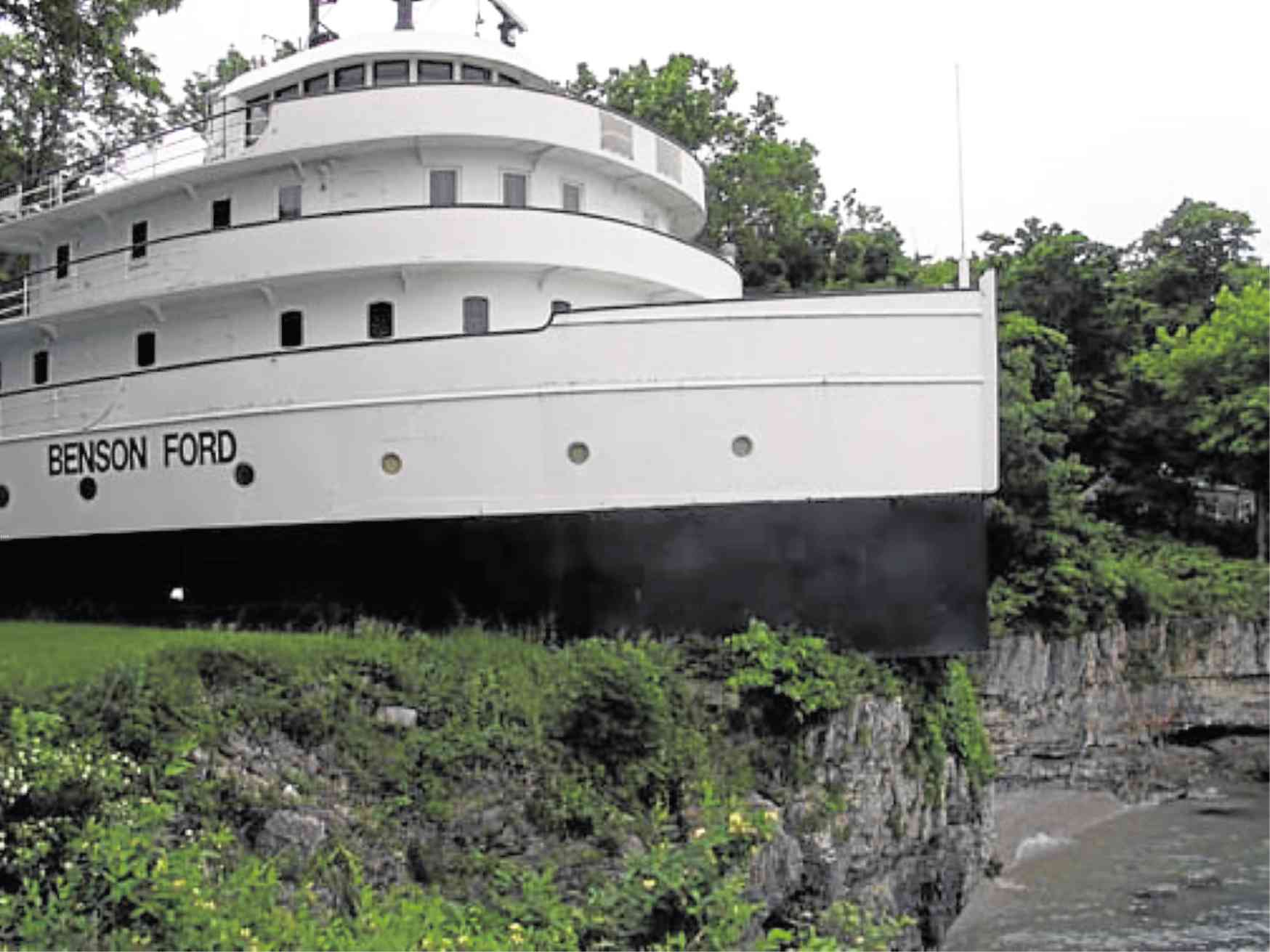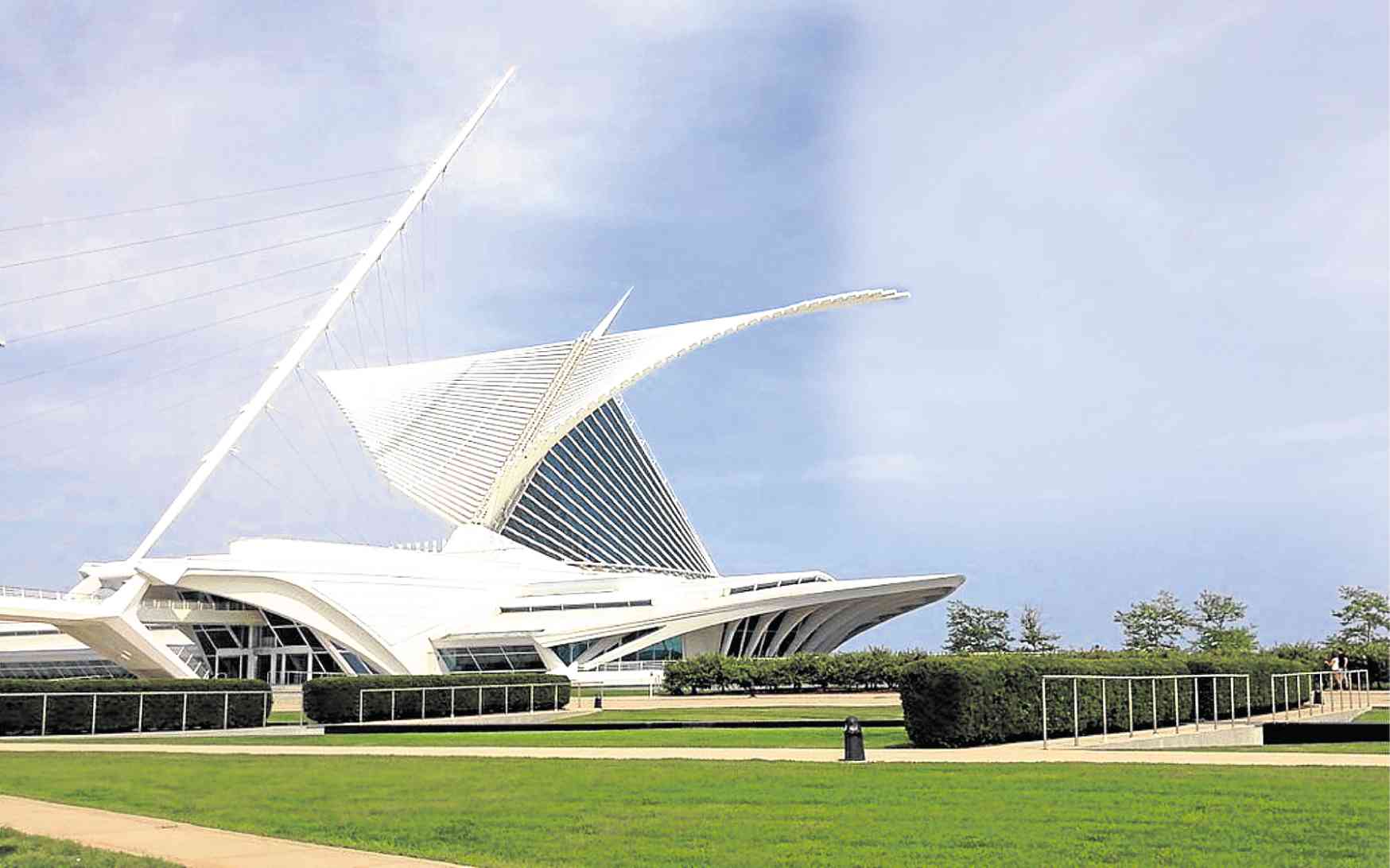Ahoy! On land
The cool breeze, the warm seas and the promise of unknown adventure—life on a boat can be exciting and liberating. Perhaps, this is why some people cannot get enough of boats.
Today, many structures around the world seem to have been taken right out of the ocean. Though situated on land, these iconic landmarks pay tribute to a life lived on water.
Kobe Maritime Museum
Built in 1987, this building was conceptualized for the primary purpose of celebrating seafaring. It was constructed on the 120th anniversary of the opening of the Kobe commercial port.
The museum is noticeable for its steel latticework swooping across the skyline. Its roof is reminiscent of wind-filled sails powering boats on the high seas. Underneath this elegant canopy, a traditional structure houses all things maritime. The maritime theme remains consistent in the interiors, with images of old sailboats embossed on the walls of the museum. Diorama models, videos, graphics and artifacts show people the history of nautical navigation and ship building in the city. Outside, the nearby Meriken park features actual watercrafts on display overlooking the port of Kobe.
Breathtaking at first sight, the structure is more charming at night with its latticework washed in lights of green, pink or orange hues. It is a definite must-visit if you’re ever in the City of Kobe, Japan.
The Ship Residence
Sometimes, an object really is what it appears to be. Such is the case of one peculiar home in Cleveland, Ohio. Observed from afar, the house that is found on the edge of South Bass Island resembles a ship docked on land. The home is actually the recycled living quarters of a former shipping boat owned by Henry Ford, the business magnate behind the car brand that bears his name.
Built in the 1940s, the original shipping boat was named the “Benson Ford” after its owner’s grandson. Its living quarters composed of a walnut-clad state room, dining room, galley and passenger lounge. After 50 years of service, the ship was scheduled to be scrapped if not for the efforts of an enterprising couple. Seeing the magnificence of the old living quarters, the couple from Ohio hired torches and cranes to separate the quarters from the rest of the ship. They set the structure afloat a barge and relocated it to its permanent home where it now stands.
Nowadays, the former “Benson Ford” is known as the Ship Residence, a private mansion greeting visitors to the island. It is a fantastic example of a structure recycled and repurposed to celebrate its glory beyond time.
Canada Place
People docking along the waterfront of Vancouver, British Columbia, might get confused of the massive structure emerging from the waters. Resembling a ship in every way, the building known as the Canada Place houses the Vancouver Convention Center, the Pan Pacific Vancouver Hotel and Vancouver’s World Trade Center.
More significantly, the building serves as the main cruise ship terminal for the region, accommodating tourists headed to Alaska. It was constructed through the joint efforts of Roberts Partnership, Musson Cattell Mackey Partnership and DA Architects + Planners.
The building is recognizable for its tensile fabric canopy that looks like sails. Inside, the hotel houses 504 rooms and a grand lobby. It was completed in 1986 and used for the Canada Pavilion at the Expo 86 World Fair. Many compare the Canada Place to the Sydney Opera House, but it is a source of great pride for Canadians. It is a sight to behold amid the traffic of cruise ships and boats flocking the waters of this great Northern nation.
The Milwaukee Art Museum
Contrary to popular belief, the Milwaukee Art Museum is composed of three different structures rather than one. Due to the eye-catching design of the museum’s Quadracci Pavilion, however, the said structure is the one that receives fame. It is so popular that it is used as the museum’s logo, and competes with the museum’s collection for tourists’ attention.
The structure was designed by the Spanish architect Santiago Calatrava, who is known for his trademark use of engineering feats in building design. The Quadracci Pavilion features a brise soleil or sun-shading device that can be operated to protect the structure and its contents during bad weather. It won an Outstanding Structure Award from the International Association for Bridge and Structural Engineering in 2004.
Today, the building has become an icon for Milwaukee and continues to attract thousands of tourists every year.
Danish National Maritime Museum
Winner of an international design competition, the completed Danish National Maritime Museum is a unique feature on this list. Unlike the massive structures featured above, the museum is an underground gallery with the simple shape of a boat telling people of its purpose.
The design of the building, however, is remarkable as it complements the ancient Kronborg Castle nearby. Rather than overwhelm the iconic 15th century structure, the new museum honors it. The design preserved the old dock that once sat on the land and added subtle new features to allow it to serve its new purpose.
The design was conceptualized by Danish architecture studio Bjarke Ingels Group (BIG). It is located in Helsingør, Denmark and was completed in 2013. Beyond its primary purpose of housing museum collections, it also serves as a public courtyard where people can converge and socialize. The Danish National Maritime Museum functions beyond a ship at this point—it became a celebrated space for the masses underneath the land.
Sources: mfs.dk; dezeen.com; vancouverarchitecture.mikepriebe.ca; superuse.org; kobe-maritime-museum.com; Sandro Mathys, Bryan Kasper, Ian Spence, Peter Sesar via Wikimedia Commons



